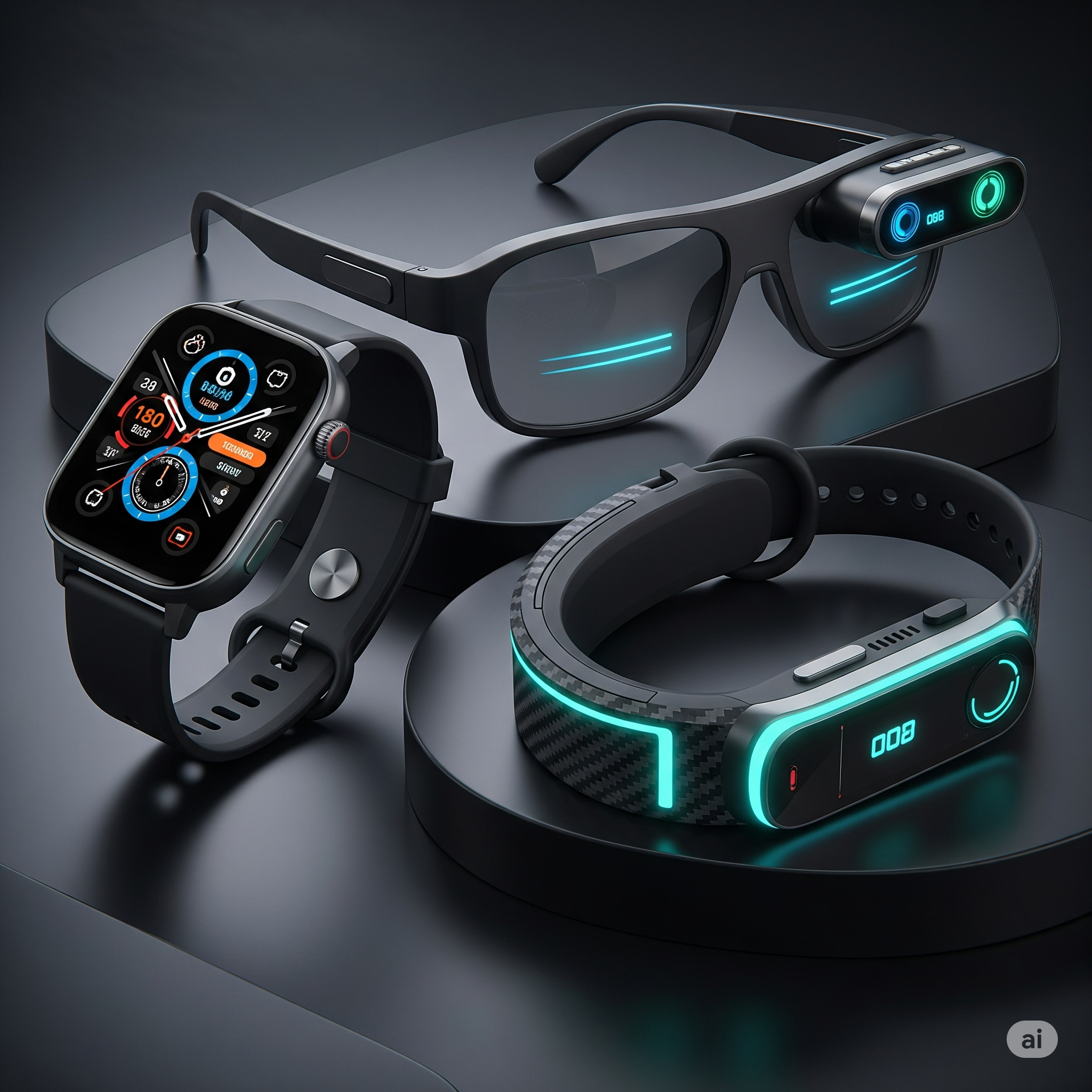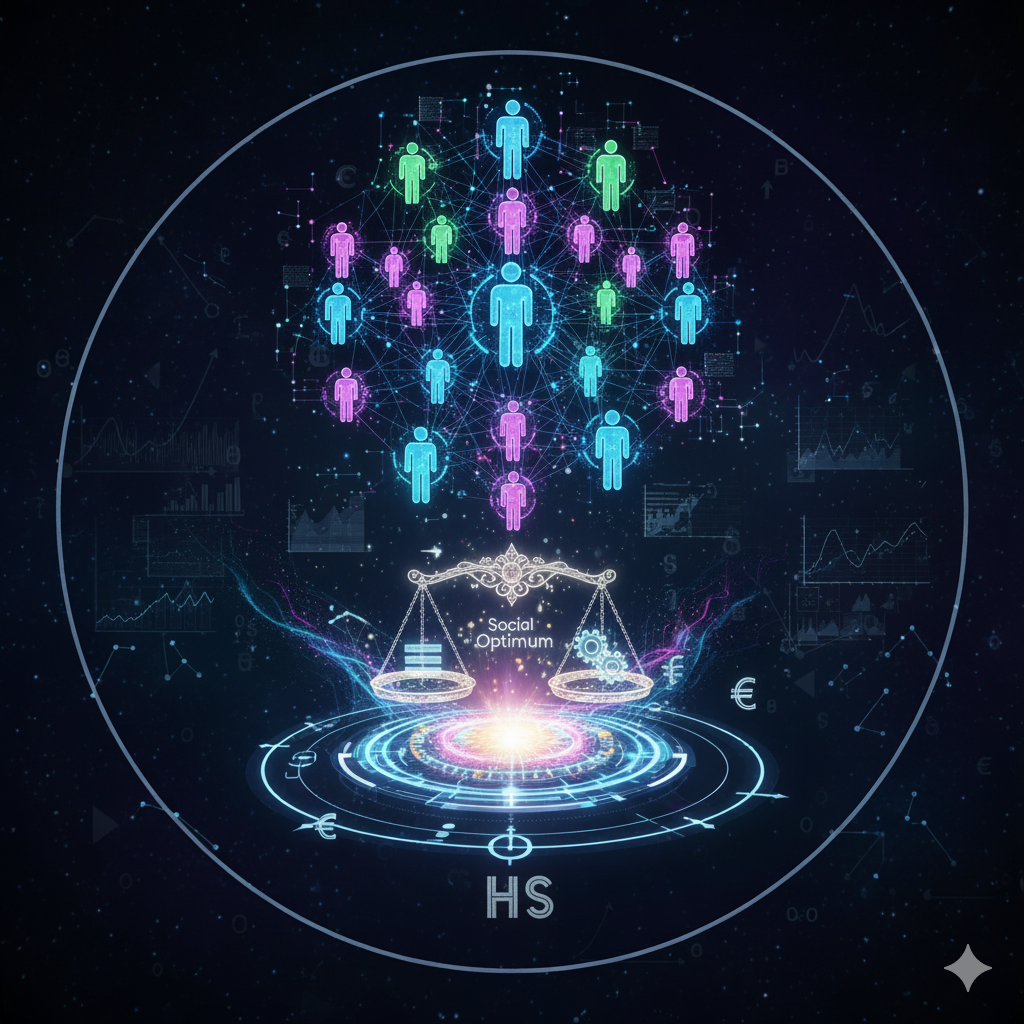The evolution of technology has transformed healthcare from traditional methods to digital, personalized, and data-driven approaches. Among these advancements, wearable technology has emerged as a powerful tool for health monitoring, providing real-time insights into physical activity, vital signs, and overall well-being. Wearables are not only limited to fitness enthusiasts—they are becoming indispensable for patients, healthcare providers, and researchers. This article explores wearable tech innovations, their applications in health monitoring, and their educational and practical significance.
1. Understanding Wearable Technology in Healthcare
Wearable technology refers to electronic devices designed to be worn on the body, often in the form of watches, bands, clothing, or even implanted devices. These gadgets are equipped with sensors, microprocessors, and wireless connectivity to collect, analyze, and transmit data related to health and activity.
Key Characteristics of Wearable Health Devices:
- Continuous Monitoring: They track physiological parameters like heart rate, oxygen saturation, and sleep patterns in real time.
- Portability: Compact and lightweight design allows easy daily use.
- Connectivity: Most devices sync with smartphones or cloud platforms for data storage and analysis.
- User-Friendly Interface: Apps provide clear visualization of data, trends, and alerts.
Educational Perspective: Wearables offer students, researchers, and healthcare professionals a hands-on opportunity to study human physiology, data analytics, and personalized healthcare solutions.
2. Types of Wearable Health Devices
Wearable devices for health monitoring can be broadly classified based on their function and technology:
2.1 Fitness and Activity Trackers
These devices are designed to monitor physical activity, calorie consumption, sleep, and basic health metrics.
Popular Examples:
- Fitbit Charge Series: Tracks steps, heart rate, sleep cycles, and exercise intensity.
- Xiaomi Mi Band Series: Budget-friendly option with reliable health tracking.
Educational Value: They help users understand the correlation between activity levels, lifestyle choices, and health outcomes.
2.2 Smartwatches with Health Monitoring Features
Smartwatches combine traditional watch functions with advanced health sensors, providing continuous monitoring.
Key Features:
- Heart rate monitoring
- Blood oxygen (SpO2) measurement
- ECG (Electrocardiogram) functionality
- Notifications for irregular heart rhythms
Examples:
- Apple Watch Series: Offers ECG, fall detection, and irregular rhythm alerts.
- Samsung Galaxy Watch: Monitors stress levels, heart rate, and sleep patterns.
Educational Value: Smartwatches serve as a learning tool for wearable technology integration, human physiology, and preventive healthcare strategies.
2.3 Continuous Glucose Monitors (CGMs)
CGMs are specialized wearables for diabetic patients, measuring blood sugar levels continuously.
How They Work:
- A small sensor is placed under the skin to measure glucose in interstitial fluid.
- Data is transmitted to a smartphone or insulin pump for real-time monitoring.
Examples:
- Dexcom G6: Provides accurate continuous glucose readings without frequent finger pricks.
- Abbott FreeStyle Libre: Offers painless glucose monitoring with user-friendly apps.
Educational Value: CGMs illustrate real-time biosensing technology and its application in chronic disease management.
2.4 Wearable ECG Monitors
Electrocardiogram wearables detect abnormal heart rhythms and other cardiac issues.
Features:
- Portable ECG recording without visiting a clinic
- Alerts for arrhythmias or irregular heartbeats
- Integration with smartphones for historical data analysis
Examples:
- KardiaMobile by AliveCor: Offers clinical-grade ECG readings on a mobile device.
- Withings Move ECG: Combines fitness tracking with heart monitoring.
Educational Value: Useful for medical students and cardiology researchers to study heart health in real-life scenarios.
2.5 Smart Clothing and Biometric Wearables
Wearable sensors embedded in clothing provide comprehensive health monitoring.
Applications:
- Detecting posture and gait anomalies
- Measuring heart rate, respiratory rate, and temperature
- Enhancing performance for athletes through real-time feedback
Examples:
- Hexoskin Smart Shirts: Tracks heart rate, breathing, and activity levels.
- OMsignal Smart Apparel: Measures cardiac and respiratory metrics for health and fitness.
Educational Value: These wearables integrate engineering, textile technology, and biomedical science.
2.6 Wearable Sleep Monitors
Sleep monitoring wearables help individuals track sleep patterns and improve rest quality.
Features:
- Detects REM, deep, and light sleep stages
- Monitors heart rate and oxygen levels during sleep
- Provides insights to improve sleep hygiene
Examples:
- Fitbit Sense and Inspire: Provides detailed sleep scores and recommendations.
- Withings Sleep Analyzer: Offers in-depth sleep tracking under the mattress.
Educational Value: Useful for students studying sleep science, circadian rhythms, and mental health.
3. Key Health Parameters Monitored by Wearables
Wearable technology monitors a variety of physiological and lifestyle metrics:
- Heart Rate (HR): Detects resting and active heart rates, identifying anomalies.
- Blood Oxygen Saturation (SpO2): Measures oxygen levels in the blood, essential for respiratory health.
- Electrocardiogram (ECG): Detects irregular heart rhythms and cardiac conditions.
- Glucose Levels: Continuous monitoring helps manage diabetes effectively.
- Sleep Patterns: Tracks duration and quality of sleep for better recovery.
- Physical Activity: Monitors steps, distance, calories, and exercise intensity.
- Stress and Mood Levels: Some advanced wearables assess stress using heart rate variability.
4. Innovations Driving Wearable Health Tech
Several innovations have shaped the development of wearable health devices:
4.1 Miniaturized Sensors
Tiny, highly sensitive sensors now fit in watches, bands, and clothing without compromising accuracy.
4.2 Artificial Intelligence (AI) and Machine Learning
AI algorithms analyze collected data, detect patterns, predict health risks, and provide personalized recommendations.
4.3 Wireless Connectivity and Cloud Integration
Wearables sync data with smartphones and cloud platforms, enabling remote monitoring and telehealth consultations.
4.4 Flexible and Biocompatible Materials
Soft, flexible, and skin-friendly materials improve comfort and long-term wearability for medical monitoring.
4.5 Battery and Energy Efficiency Improvements
Advanced battery technology allows longer continuous operation without frequent recharging, critical for chronic condition monitoring.
5. Applications in Healthcare
Wearable tech has significant applications across preventive, diagnostic, and therapeutic healthcare:
5.1 Preventive Healthcare
- Encourages healthy lifestyle habits through activity and diet tracking.
- Alerts users to irregular heartbeats, high stress, or low oxygen levels before serious conditions develop.
5.2 Chronic Disease Management
- Monitors glucose, blood pressure, and cardiac health in real-time.
- Reduces hospital visits and enables personalized treatment plans.
5.3 Remote Patient Monitoring
- Patients can transmit health data to doctors remotely, enabling telemedicine and virtual consultations.
5.4 Fitness and Performance Optimization
- Athletes and fitness enthusiasts can track heart rate, calories burned, and recovery patterns.
- Wearable sensors enhance training efficiency and prevent injuries.
6. Benefits of Wearable Health Tech
- Early Detection of Diseases: Continuous monitoring allows timely intervention.
- Personalized Healthcare: Data-driven insights help tailor treatment plans.
- Improved Patient Engagement: Users actively participate in monitoring and managing their health.
- Convenience and Accessibility: Compact, portable, and easy to use anytime, anywhere.
- Data-Driven Research: Aggregated data supports clinical studies, public health initiatives, and AI development.
7. Challenges and Limitations
Despite numerous benefits, wearable health tech faces some challenges:
- Data Privacy and Security: Sensitive health data requires robust protection.
- Accuracy and Reliability: Sensor errors or device misplacement can affect readings.
- Battery Life Constraints: Continuous monitoring can drain batteries quickly.
- Cost: High-end wearables may still be expensive for some users.
- User Compliance: Continuous use depends on comfort and user habits.
Educational Perspective: Understanding these challenges helps students and researchers develop better solutions and more secure, efficient wearables.
8. Future Trends in Wearable Health Monitoring
- Integration with Telemedicine: Real-time health data will improve remote consultations.
- Advanced Biosensors: Continuous monitoring of biomarkers like hydration, stress hormones, and blood pressure.
- AI-Driven Predictive Analytics: Early warnings for chronic conditions and personalized health predictions.
- Implantable and Ingestible Sensors: Next-gen wearables may be embedded inside the body for continuous monitoring.
- Wearables for Mental Health: Tracking stress, mood, and cognitive functions for holistic well-being.
Conclusion
Wearable technology is revolutionizing health monitoring by providing continuous, real-time, and personalized data. From fitness bands and smartwatches to continuous glucose monitors and smart clothing, these devices offer unprecedented insights into physical, mental, and chronic health conditions.
Educationally, wearables provide an invaluable platform for learning about human physiology, data analytics, sensor technology, and preventive healthcare. Practically, they empower individuals to manage their health proactively, reduce hospital visits, and contribute to data-driven healthcare innovations.
As technology continues to advance, wearable devices will become even more integrated into daily life, offering affordable, accessible, and comprehensive health monitoring for everyone. The future of healthcare is wearable, connected, and intelligent—making proactive health management a reality for millions worldwide.




